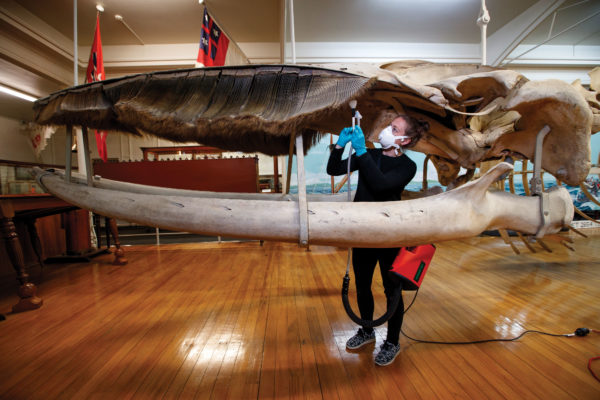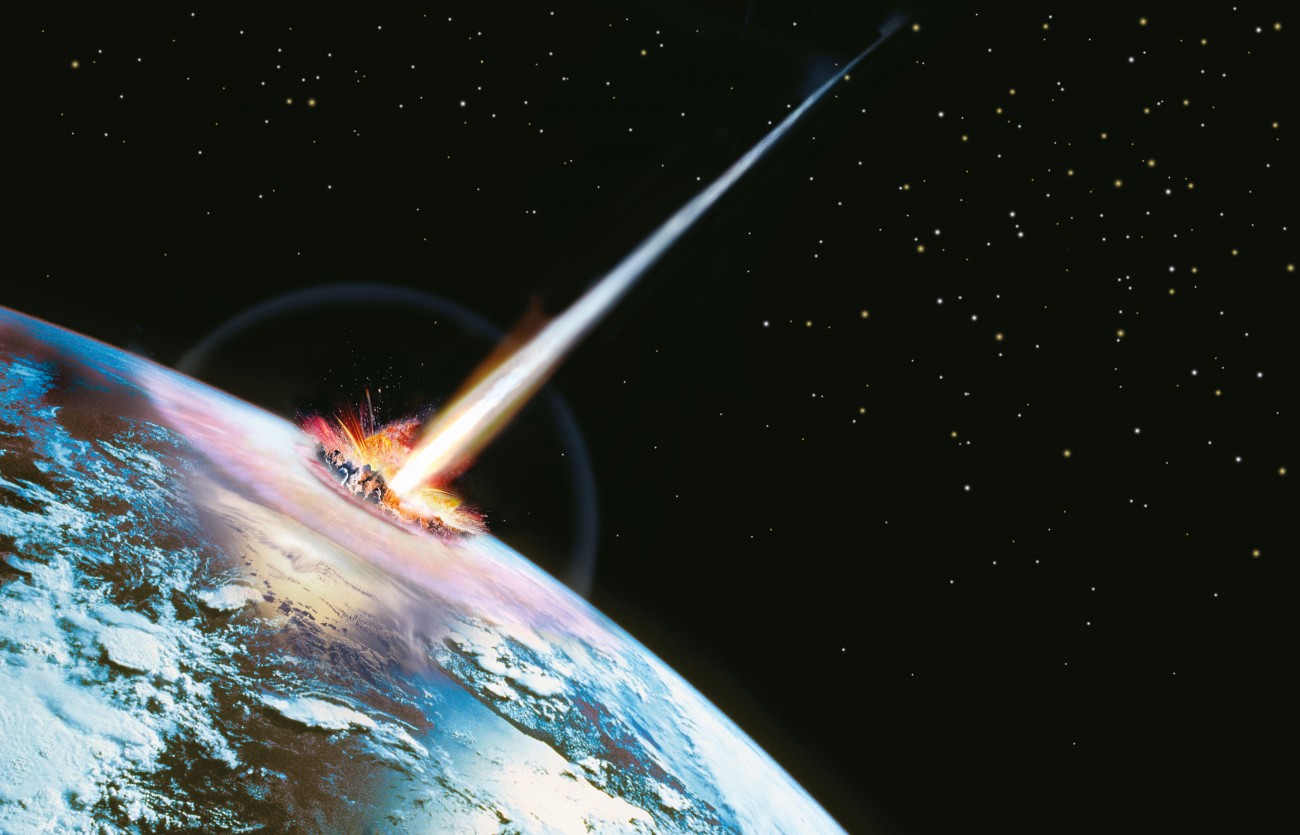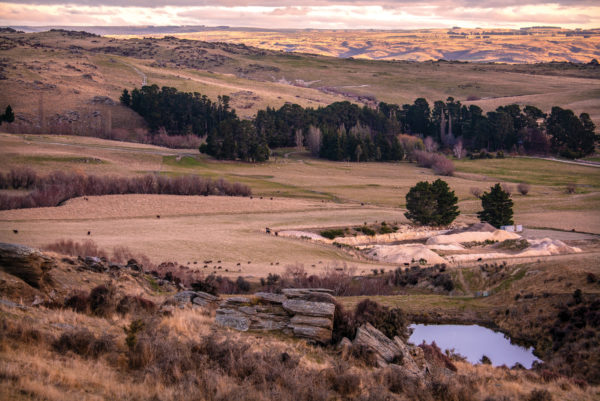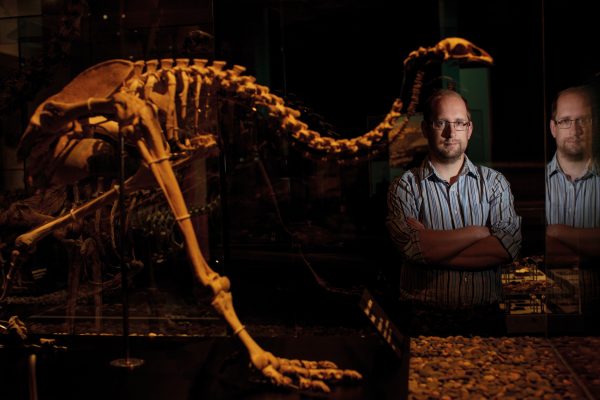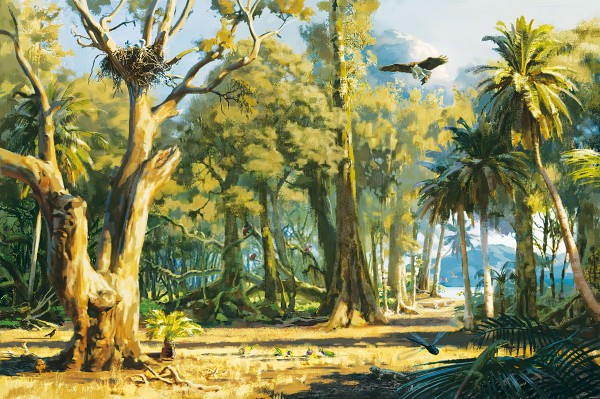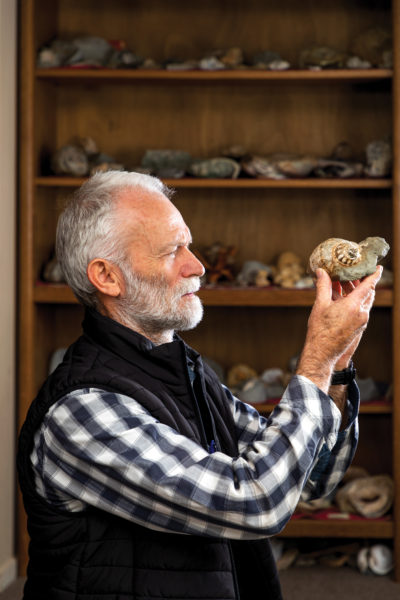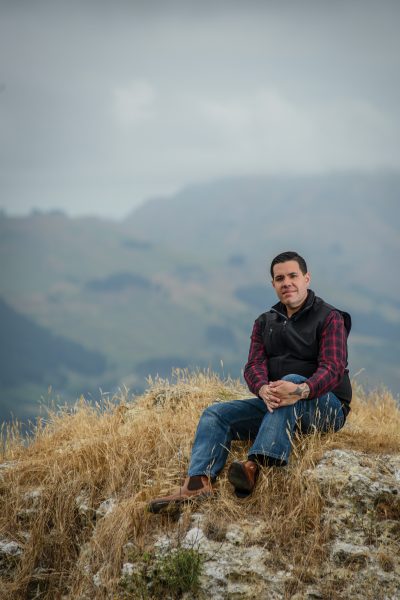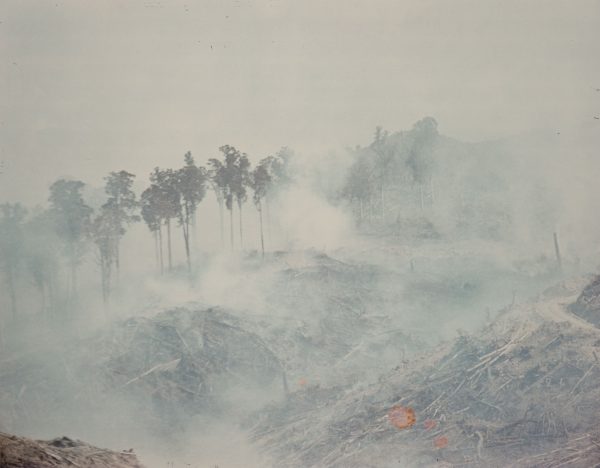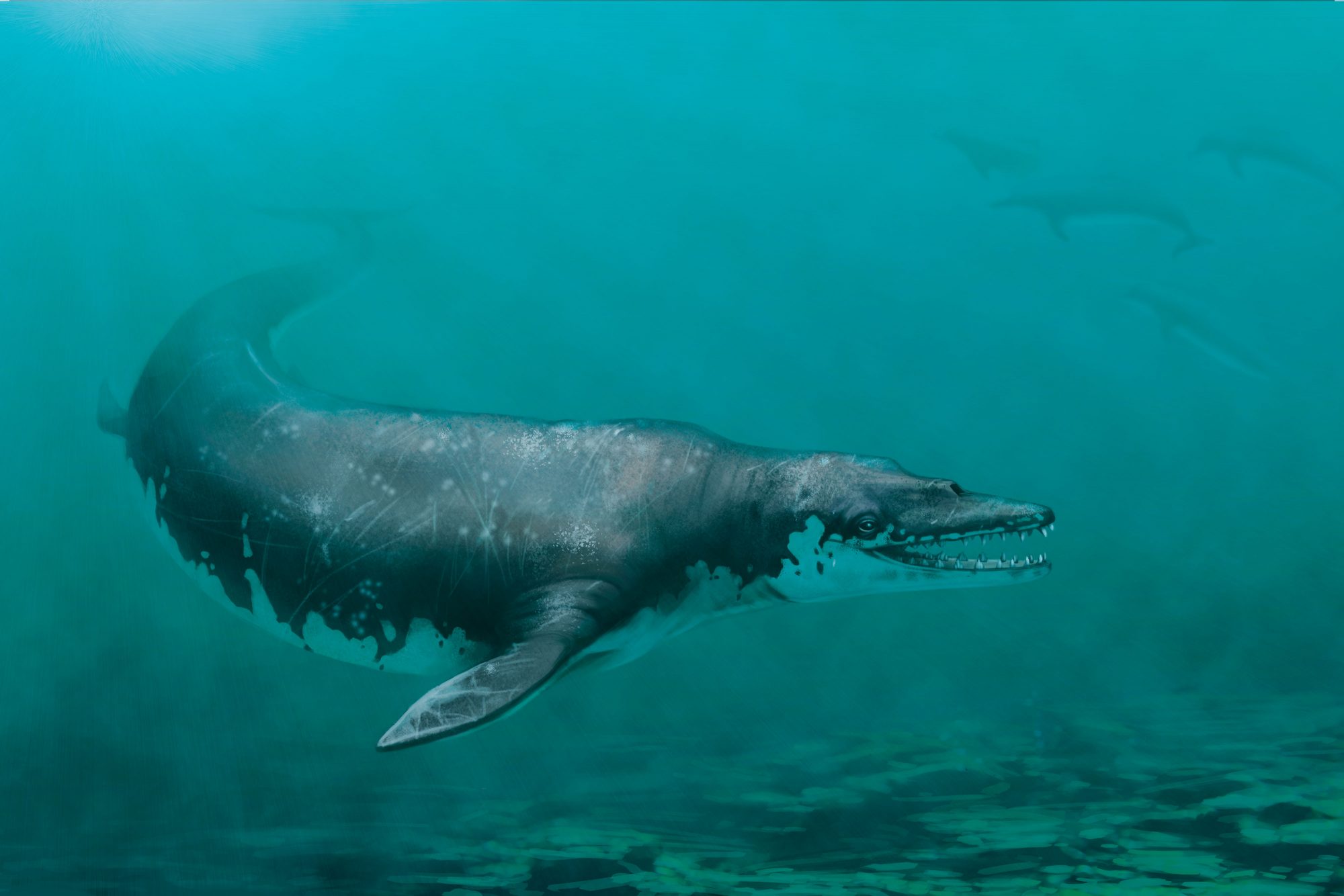
Prehistoric Aotearoa
What flew, roamed, hunted and swam before humans arrived in New Zealand…
The skeleton crew
Old bones are a staple of museum collections, but only a handful of people in New Zealand have the skills to prepare them for display. Recovering the skeleton of a large animal—rotting it down, preparing, cleaning and articulating it—is a long and demanding journey that only the most dedicated pursue.
Return of the lost birds
Since humans arrived in New Zealand, we’ve lost nearly half of our native terrestrial bird species. Some of those extinct icons are well known, while others are recalled only by myth and bones. We will probably never know the full polyphony of that primordial dawn chorus, but old bones and new science are giving us a richer picture of life in the land of birds, back when they still ruled the roost. For the first time, we’re able to answer questions about what they ate, where they came from, how they were related to each other, and how they got so much bigger, heavier, and weirder than their ancestors.
The day the earth stood still
There was snow on the mountains nearby, and in the dark gorge the winter water was icy. We sloshed up the meandering stream bed, examining the rocky walls as we went. Parallel layers of whitish rock containing darker interior bands plunged down to meet the stream ahead of us. The formation continued for hundreds of metres up the steep cliffs above us, up into patches of sunlight. But down where we were, there was no hint of sun. Joy Lines, my fossicking companion, and I were on a journey back to the end of an epoch. Sixty-five million years ago, life on Earth faced an apocalypse. Half of all organisms were rendered extinct, including the dinosaurs. Most ecosystems suffered massive destruc
Buried treasure
For palaeontologists, the dark diatomite layers of Foulden Maar are like the shelves of a great library. Outside that library, bulldozers wait.
Monsters of yore
Across the world, ecosystems have been transformed by the mass extinctions that followed the arrival of humans. In New Zealand, the moa, the world’s largest eagle, sea lions, elephant seals and whales were wiped from the register at lightning speed. How did our megafauna become reduced to lawn ornaments?
Valley of the whales
The North Otago limestone country holds one of the world’s most important fossil cetacean records, a coherent story of how whales and dolphins evolved in the Southern Ocean. It’s a story that one small rural community has embraced as its own.
The hunt for New Zealand's dinosaurs
Once it was thought New Zealand had escaped the worldwide dominance of dinosaurs. Not any more. The discoveries of a group of amateur palaeontologists in Hawkes Bay have changed everything.
Lost in time
They were among the biggest birds that ever lived, and for millions of years they browsed the shrublands, forests and alpine herbfields of prehistoric New Zealand. Then, in a matter of centuries, they were wiped out. Only their bones remain to tell the story of this country's most prodigious bird.
Deep secrets
Discovering New Zealand's tropical past.
No one expected a giant parrot
For a decade, the fossils sat in a bag marked ‘eagles’ on a shelf at Flinders University in Adelaide. Then doctoral student Ellen Mather took another look.
Bones of Contention
In a forest clearing that will one day be the site of the New Zealand Geographic offices, a young megalosaur encounters a family of sauropods.
Love’s labours
Adventures of an amateur fossil hunter.
Seven steps
An Otago man out for a walk made a significant palaeontological discovery.
Zero to expert
The unexpected journey of a linguist.
At the bay
On this day 175 years ago, one of the lesser-known signings of Te Tiriti o Waitangi took place at Karaka Bay, at the mouth of the Tamaki Estuary in Auckland.
Annihilation
Fifty years ago, the government was burning swathes of native forest, using napalm as an accelerant. But under one particular forest was a hill, and under that hill was a system of caves filled with the bones of the dead: moa, giant eagles, tiny songbirds. If the forest went, the fossils would go, too.






